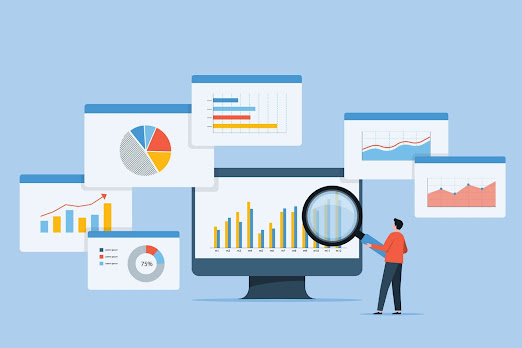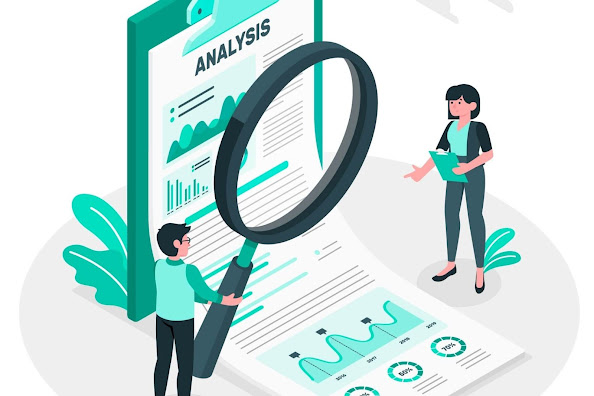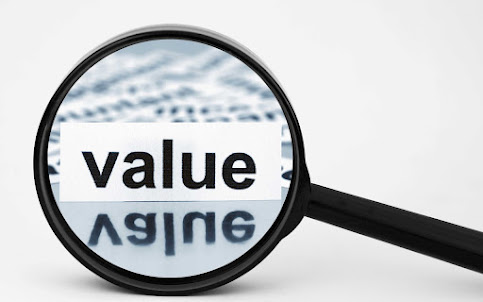The Industry Analysis

Now that you know the company is safe to invest in, a check on the industry it operates in is necessary. Start by answering the questions listed below. ü Which sector is the company present in? Do you understand the sector and how it works? Is it a scalable segment or a niche segment? ü Does it require High Working Capital? ü Is it easy for New Companies to enter this kind of a business? ü Are the other companies in the same sector growing or not as compared to the company you are planning to invest in in the last 5-10 years? Find reasons if you find a contradictory answer. ü Is there a threat of Substitute Products? ü Is it a market leader in the industry? If not, why choose this company and not the market leader? ü Is it a capital intensive or labour intensive industry? ü Is it a pollution generative sector? Carbon Footprint is increasing or decreasing? ü Is it a commodity based sector? Is it affected by the weather? ü Is the sector currently in Headwinds/Tail



